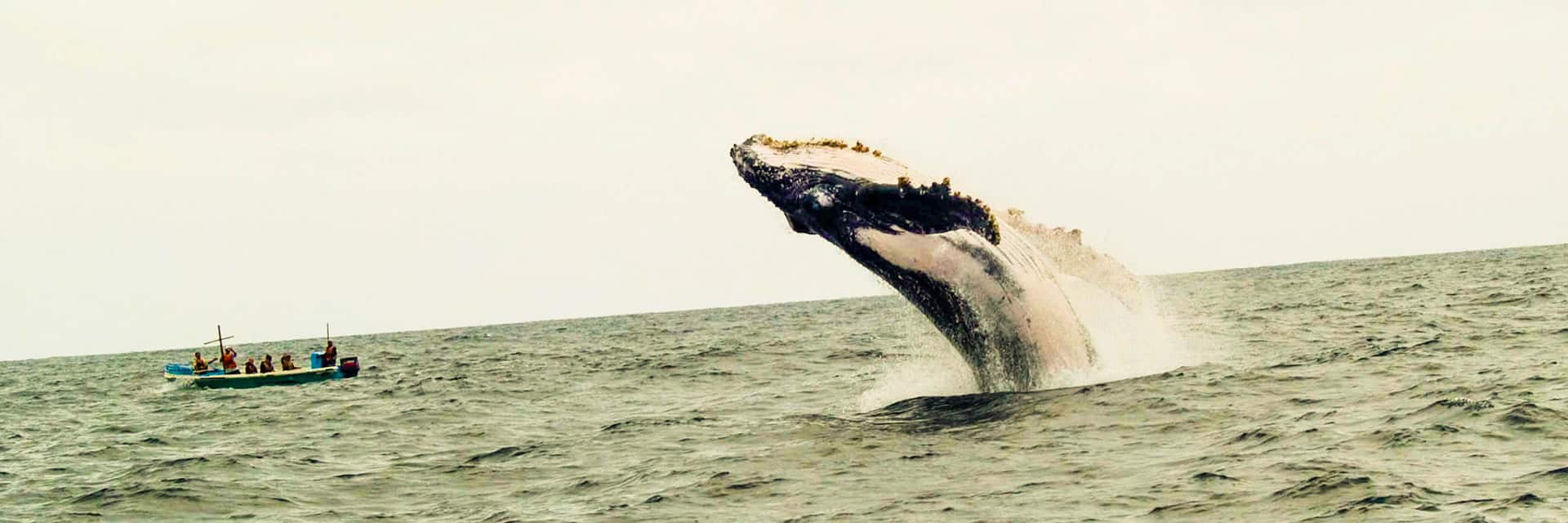
July 10, 2019 - Iletours Peru
Months of whale watching from June to September.
Every year you can see the sighting of humpback whales in the city of Puerto Lopez, in the province of Manabí, west of Ecuador, during the dry times in the equatorial Pacific, they arrive from Antarctica in a journey of love and survival until the paradisiacal coasts of this side of the continent. “With the beginning of the whale watching season, the most romantic story of love and procreation begins with the sole objective of the survival of the species.”
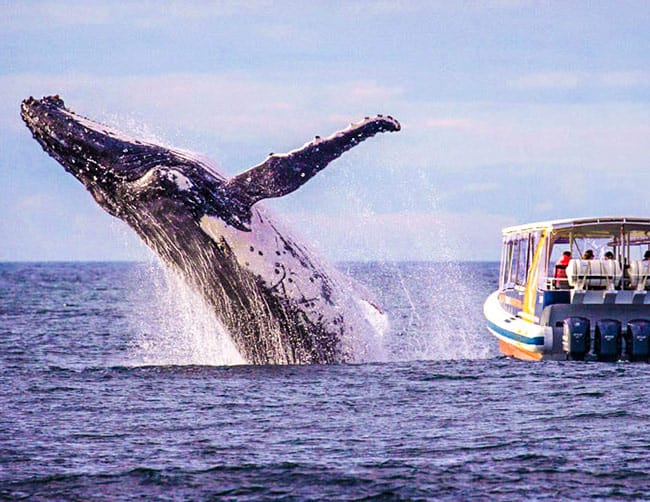
The humpback whales have abandoned the icy Antarctic and are already crossing the warm equatorial waters, where, in addition to mating and calving, they seduce thousands of tourists who visit them this season.
Therefore, in the city of Puerto López, in the province of Manabí, west of Ecuador, the “humpback whale watching season” takes place, which will run until September and which will host a total capacity estimated at 40,000 tourists.
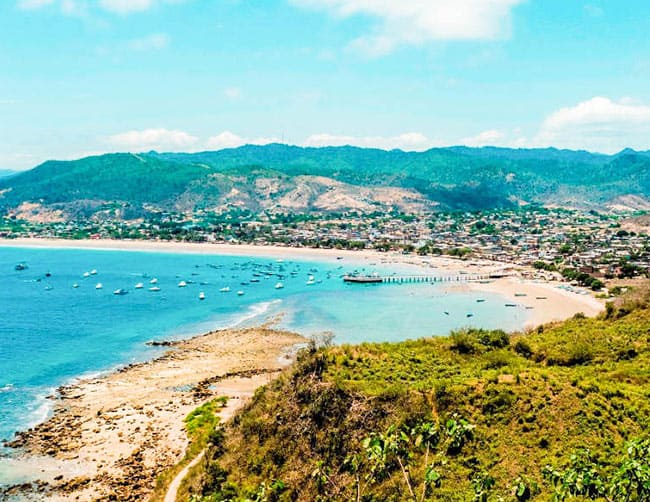
This charming islet of 1,200 hectares is part of the Machalilla Park, home to frigates, sea lions and reptiles. The beauty, diversity and excellent climate that governs most of the year in Manabí, have turned this province into one of the most visited tourist destinations in Ecuador.
According to estimates from the Ministry of Tourism, around 600,000 people arrive each year to the 22 Manabitas cantons and their main attractions, such as Portoviejo, Manta, Pedernales and Puerto López, among others.
50 kilometers from the coasts of this last city is Isla de la Plata, a land area of 1,200 hectares where large varieties of birds, amphibians, reptiles and mammals coexist. Despite being thousands of kilometers from the Galápagos Archipelago, both islands have a certain similarity in terms of fauna, flora and climate. It is precisely on this island, that every year from June to September if they notice the humpback whales, which come from the icy waters of Antarctica to mate.
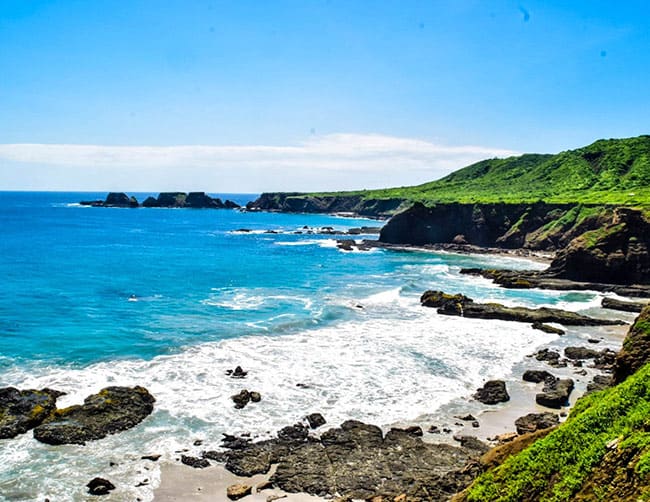
Known in the scientific community as Megaptera novaengliae, the humpback whale was so named because of the shape that arches its back when it jumps off the surface of the water.
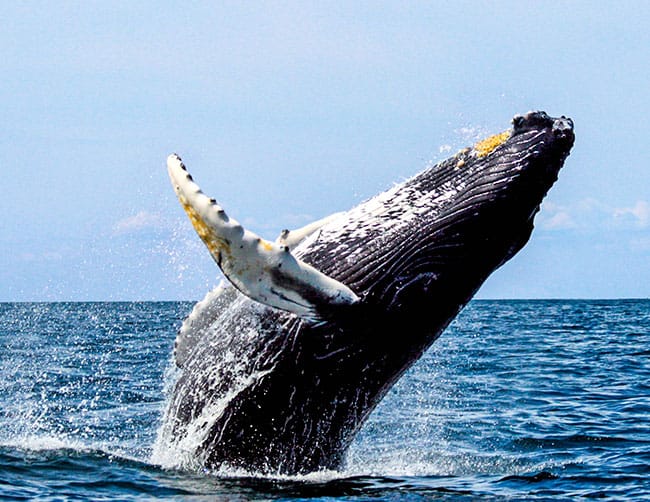
1126/5000There are currently only about ten thousand individuals of this species, distributed in some varieties throughout the globe, but the variety that migrates to Ecuadorian waters is special in several ways. They normally inhabit the cold waters near Antarctica and feed on small fish and invertebrates, which filter through plates that they have in their mouths. When the month of March arrives, the humpback whales leave the icy waters of the south and travel north to find a mate and breed in warm waters. They arrive at Ecuadorian coasts in June, choose their partner and proceed to mate.
If they were not born in temperate waters, their young would die frozen because they are born without the thick layer of fat that later allows them to survive in polar waters. That is the reason why the humpback whale migrates. Their offspring are born in this warm waters where the average temperature is 21 degrees Celsius (70 degrees Fahrenheit), so that their young can develop here their layer of fat from the milk they receive from their mothers. The average life of a humpback whale is 70 to 80 years.
Luxury Lima, Cusco, Sacred Valley, Machu Picchu.
2020 ILE Tours Luxury Peru Travel